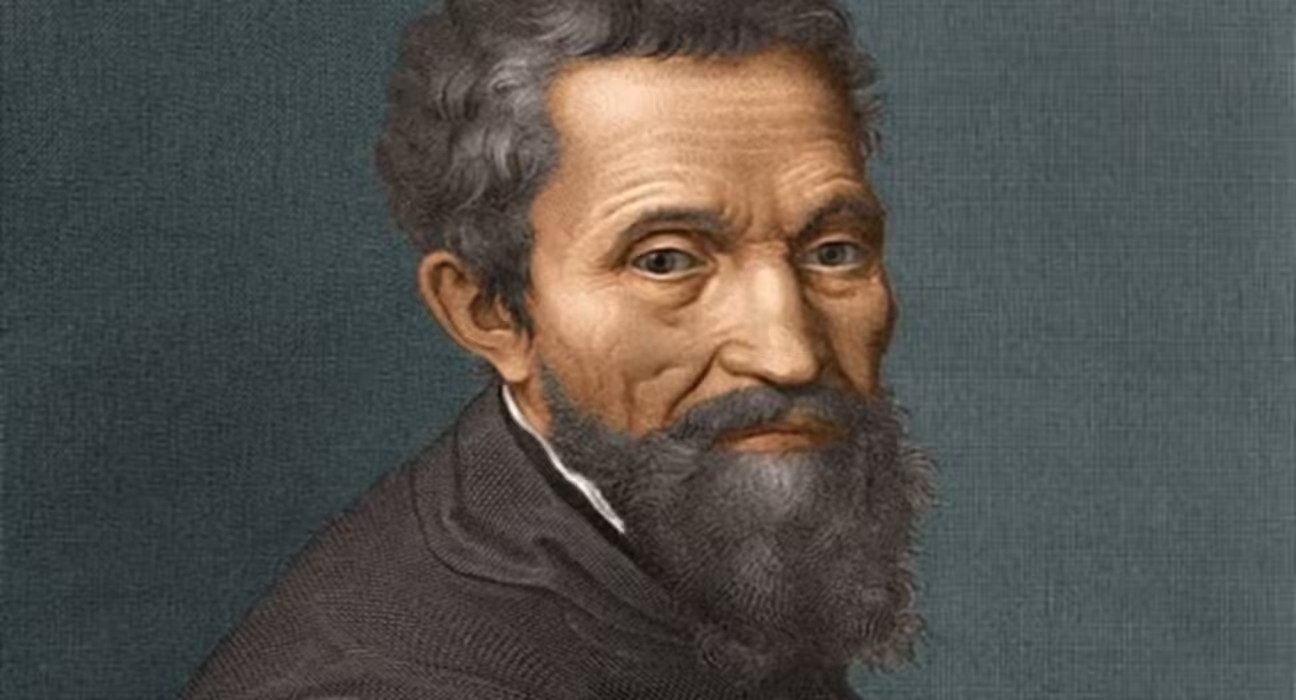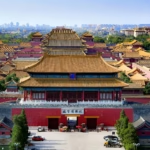Michelangelo Buonarroti, a name synonymous with artistic genius, has shaped our understanding of art and creativity through the ages. Born on March 6, 1475, in Caprese, Tuscany, he emerged as an unparalleled talent during the Renaissance, embodying the ideal spirit of human achievement. From painting to sculpture, architecture to poetry, his work transcends mere artistic expression, resonating into the cultural consciousness of Europe and beyond. This article delves into the life, artistry, and enduring legacy of Michelangelo Buonarroti, exploring how his creations continue to inspire and challenge us today.
The Early Years: A Foundation for Greatness
In examining the life of Michelangelo Buonarroti, one cannot overlook his formative years. These early experiences laid the groundwork for the multifaceted artist he would become.
The Influence of Family and Environment
Michelangelo’s family background played a crucial role in shaping his character and artistic inclinations. Coming from a lineage that had ties to the Florentine Republic, he was surrounded by a culture rich in art and political fervor. His father, a civil servant, and his mother, who passed away when he was young, left him under the care of a nurse in Settignano, a village characterized by its stone quarries. It was here that young Michelangelo’s fascination with marble began, an interest that would dominate his later works.
The nurturing environment provided by his nurse, along with exposure to art in Florence, instilled in him a deep appreciation for the beauty of the human form. His early interactions with artists such as Domenico Ghirlandaio and Francesco Granacci further honed his skills. Michelangelo’s apprenticeship at Ghirlandaio’s workshop introduced him to fresco techniques and allowed him to study anatomy, setting the stage for his future masterpieces.
The Artistic Awakening

As Michelangelo matured, so did his ambition and resolve to pursue art as a profession. Leaving home at the tender age of thirteen to live in Florence marked a turning point in his life. He was thrust into a world of vibrancy, where competition among artists thrived. This environment ignited a relentless drive within him, pushing the boundaries of creativity.
His early works, including “Madonna of the Stairs” and “Battle of the Centaurs,” exemplify his burgeoning talent. They reveal a young artist captivated by human emotion and physicality. Even at this stage, Michelangelo displayed a unique ability to breathe life into stone, hinting at the extraordinary achievements that lay ahead.
Breaking New Ground

By the time Michelangelo reached his twenties, he had already begun to make his mark on the world of art. His move to Rome, prompted by the patronage of Pope Julius II, opened new avenues for exploration. Here, Michelangelo produced works that would forever alter perceptions of sculpture and painting.
The exquisite “Pietà,” crafted from a single block of marble, showcases his technical prowess and emotional depth. The tender portrayal of Mary cradling the lifeless body of Christ evokes profound feelings of sorrow and compassion. This masterpiece stands not only as a testament to his skill but also as a reflection of the spiritual turmoil experienced during the Renaissance.
The Road to Mastery: Michelangelo’s Iconic Works

Michelangelo Buonarroti’s remarkable journey is defined by a series of iconic creations that have left an indelible mark on the world of art. Each piece serves as a window into his artistic philosophy, revealing the depths of his creative soul.
The Statue of David: An Icon of Human Potential

When discussing Michelangelo, one must inevitably mention his most celebrated sculpture, the statue of David. Carved from a colossal block of marble, it symbolizes the epitome of human potential and artistry.
David represents more than just biblical heroism; it embodies the struggle of mankind against overwhelming odds. Michelangelo’s meticulous attention to detail in David’s physique captures the essence of human strength and vulnerability. The statue’s gaze, fixed outward, challenges viewers to confront their own battles and aspirations.
The significance of David extends beyond its artistic brilliance. In the context of Florence, it became a symbol of civic pride and defiance against tyranny. Michelangelo’s interpretation of David reflects the ideals of the Renaissance, celebrating individualism and humanistic values.
The Sistine Chapel: A Celestial Masterpiece
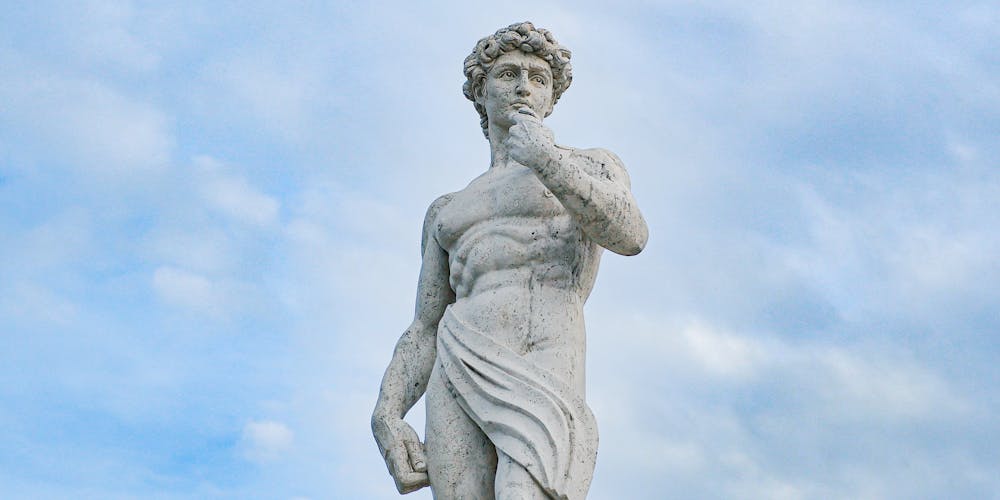
Another landmark achievement of Michelangelo is the breathtaking ceiling of the Sistine Chapel. Commissioned by Pope Julius II, this monumental work involved an immense canvas of intricate frescoes spanning over five years.
The ceiling is adorned with vivid scenes from the Book of Genesis, culminating in the renowned “Creation of Adam.” Michelangelo’s innovative use of color, composition, and anatomical precision transforms the chapel into a divine realm. The visual narrative unfolds like a symphony, each figure contributing to the overarching theme of creation and divinity.
What makes the Sistine Chapel extraordinary is its ability to evoke profound spiritual reflections. When visitors gaze upon the painted figures, they are transported to a space where humanity intersects with the divine. Michelangelo’s genius lies not only in his technical mastery but also in his capacity to translate complex theological concepts into accessible imagery.
The Last Judgment: A Reflection of Humanity’s Struggles
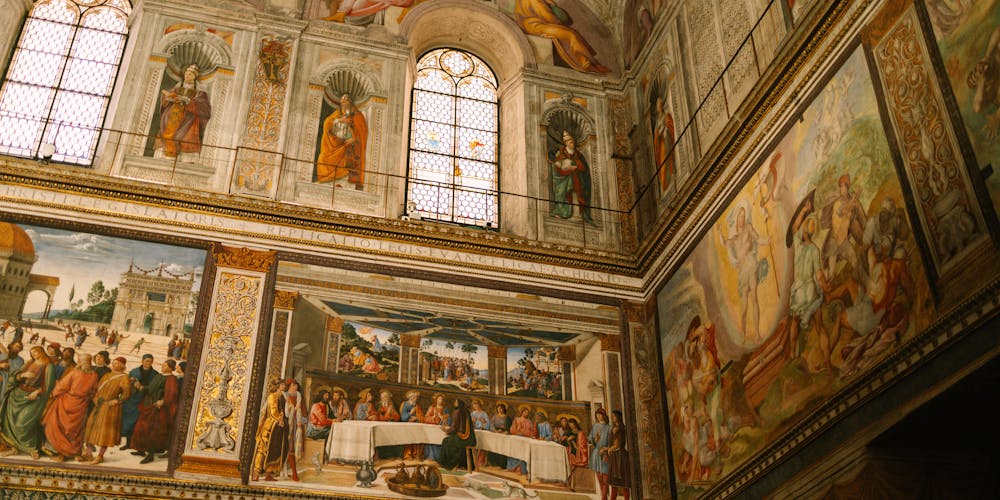
In addition to the ceiling, Michelangelo’s work on the altar wall of the Sistine Chapel culminated in “The Last Judgment.” Completed towards the end of his life, this fresco illustrates the final reckoning of souls, showcasing both heaven and hell in all their awe-inspiring glory.
“The Last Judgment” is a striking commentary on human morality and the consequences of choices made during earthly existence. Michelangelo’s portrayal of Christ as a powerful figure, surrounded by saints and sinners, speaks to the eternal struggle between good and evil. The energy and movement captured in the figures convey a sense of urgency, compelling viewers to reflect on their own lives.
The sheer scale and dramatic intensity of this work invite contemplation on the nature of faith, redemption, and the human experience. As a culmination of Michelangelo’s life’s work, “The Last Judgment” serves not only as a masterful visual spectacle but also as a poignant reminder of the weight of moral choices.
The Intersection of Art and Knowledge
Michelangelo Buonarroti was not merely a craftsman; he was a thinker and philosopher who understood the interconnectedness of art and knowledge. His works reflect a profound engagement with intellectual pursuits, demonstrating that creativity transcends aesthetics.
The Influence of Classical Antiquity
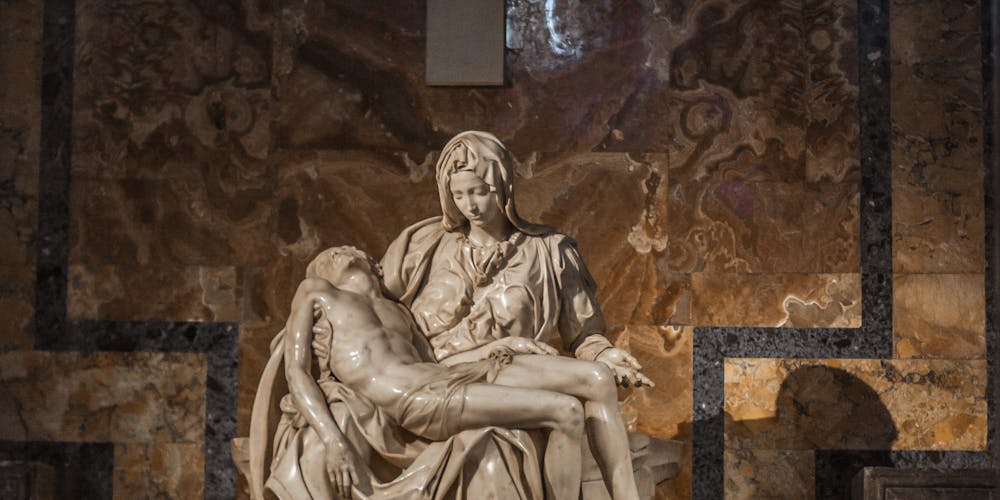
One cannot discuss Michelangelo without addressing the impact of classical antiquity on his art. The Renaissance ignited a revival of interest in ancient Greek and Roman philosophies, shaping Michelangelo’s outlook and approach to artistry.
Through his sculptures and paintings, Michelangelo sought to revive the ideals of beauty and proportion embodied by classical figures. His familiarity with the works of ancient sculptors inspired him to explore the human form in unprecedented ways. The grace and dynamism found in his artworks echo the principles of balance and harmony championed by the ancients.
In many ways, Michelangelo becomes a bridge connecting the past to the present. By integrating classical influences into his work, he challenged the conventions of his time, inviting viewers to embrace a broader understanding of beauty and artistry.
The Role of Anatomy in Artistry
/GettyImages-726846703-5bfdc5cf46e0fb0026dec0ed.jpg)
An essential aspect of Michelangelo’s genius lies in his relentless pursuit of anatomical accuracy. His rigorous studies of human anatomy allowed him to depict the body in its most natural and expressive form.
Michelangelo’s fascination with the intricacies of the human body extended beyond mere representation. He believed that understanding anatomy was vital for capturing the essence of human emotion. This commitment to realism is evident in his sculptures, where each muscle and contour tells a story of strength, vulnerability, and passion.
His drawings, particularly the anatomical sketches, reveal the dedication he invested in mastering the human form. These studies not only influenced his own work but also paved the way for future generations of artists seeking to understand the complexities of the body.
Philosophy and Spirituality in Art

For Michelangelo, art served as a medium for exploring existential questions and spiritual truths. His works are imbued with philosophical inquiries that resonate with audiences on a deeper level.
The tension between the divine and the mortal can be seen throughout Michelangelo’s oeuvre, reflecting his own quest for meaning in an ever-changing world. His portrayals of Biblical figures often reveal intense emotional states, allowing viewers to engage with the narratives on a personal level.
In the “Creation of Adam,” for instance, the almost-touching hands of God and Adam symbolize the connection between humanity and the divine. This moment captures the profound mystery of existence, inviting contemplation on the nature of creation and purpose.
Michelangelo’s art is imbued with spirituality, serving as a conduit for dialogue between man and the divine. His ability to infuse philosophy into his works elevates them beyond mere representations, creating a sacred space for reflection and introspection.
The Enduring Impact of Michelangelo’s Legacy

As we navigate through the corridors of history, the influence of Michelangelo Buonarroti persists, casting a long shadow over the realms of art and culture. His contributions extend far beyond individual masterpieces, shaping the trajectory of artistic practice and inspiring countless generations.
A Model for Future Generations
Michelangelo’s unwavering commitment to his craft serves as a model for aspiring artists across disciplines. His pursuit of excellence and willingness to push the boundaries of creativity encourage others to do the same.
In an era dominated by technological advancements, the timeless messages embedded in Michelangelo’s work remind us of the intrinsic value of creativity. The discipline required to master one’s craft is as relevant today as it was in the Renaissance. He demonstrates that greatness is achieved not merely through talent but through hard work, perseverance, and an unyielding passion for one’s art.
Furthermore, Michelangelo’s ability to blend various forms of artistic expression—sculpture, painting, architecture, and poetry—reveals the richness of interdisciplinary exploration. His legacy encourages contemporary artists to embrace diverse mediums and perspectives, fostering innovation and collaboration.
A Beacon of Humanism
In an age where the human spirit faces numerous challenges, Michelangelo stands as a beacon of humanism. His works celebrate the potential of individuals to rise above adversity and strive for greatness.
Themes of resilience, courage, and aspiration permeate his creations, offering timeless wisdom for society today. Whether facing personal struggles or societal injustices, the messages embedded in Michelangelo’s art serve as a rallying cry for individuals to confront their circumstances with determination and grace.
Moreover, Michelangelo’s emphasis on the human experience invites us to embrace our vulnerability and seek connection with one another. In a fragmented world, his art acts as a reminder of the shared struggles and triumphs that bind us together as a collective humanity.
The Relevance of Michelangelo Today
As we look toward the future, the relevance of Michelangelo Buonarroti remains undeniable. His insights into the human condition and the transformative power of art continue to resonate within contemporary society.
In a digital age where instant gratification often overshadows the creative process, Michelangelo’s dedication to craftsmanship stands as a counterpoint. His emphasis on patience, discipline, and authenticity urges us to reconnect with the joys of creative exploration.
Moreover, the themes of imagination, beauty, and self-discovery found within Michelangelo’s work encourage us to seek inspiration within ourselves. His legacy reminds us that art transcends time and space, urging us to view the world through a lens of wonder and curiosity.
Conclusion

In revisiting the life and work of Michelangelo Buonarroti, we uncover a rich tapestry woven from the threads of creativity, intellect, and spirituality. His contributions to art and culture extend far beyond the confines of time, echoing through generations as a testament to the indomitable human spirit.
From the majestic statue of David to the celestial visions of the Sistine Chapel, Michelangelo’s masterpieces continue to inspire awe and provoke thought. His unwavering pursuit of excellence and exploration of profound themes resonate deeply within our collective consciousness. As we navigate the complexities of modern existence, we can look to Michelangelo’s legacy as a guiding light, encouraging us to embrace our creativity, confront our challenges, and seek beauty in every facet of life.
Indeed, Michelangelo Buonarroti remains not just an artist of the past, but a timeless voice for humanity, reminding us of our potential to create, to dream, and to transform the world around us.




